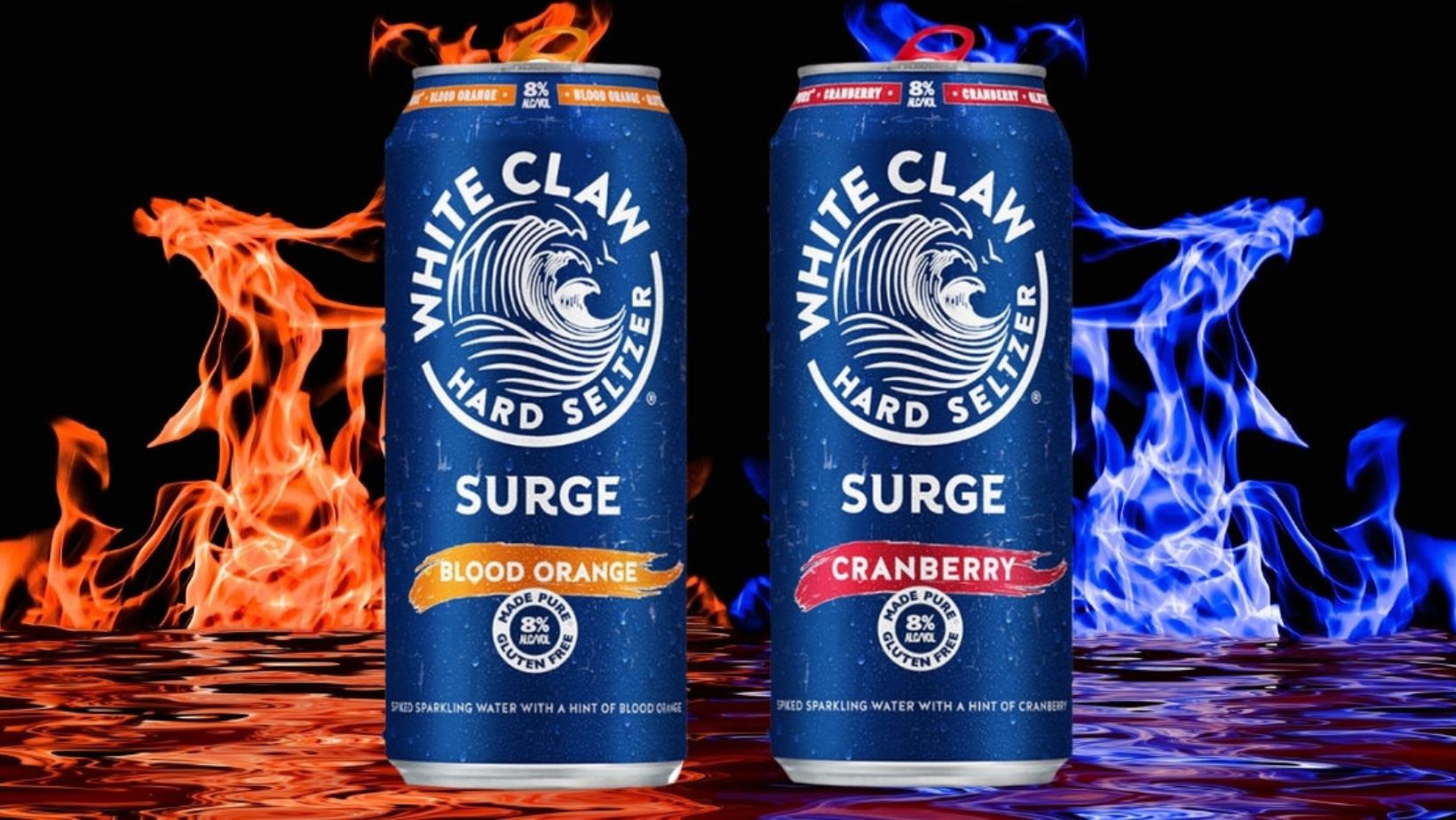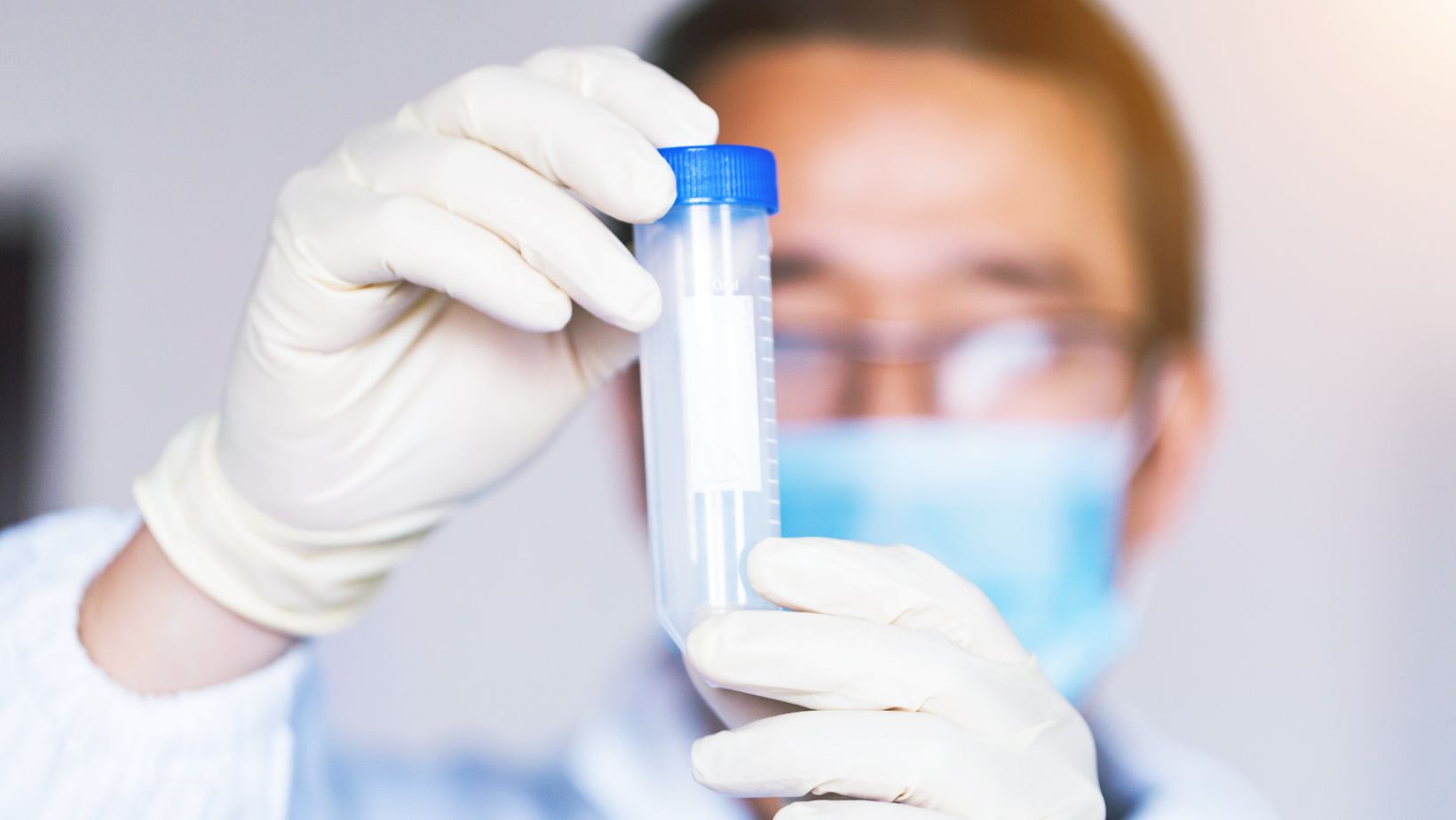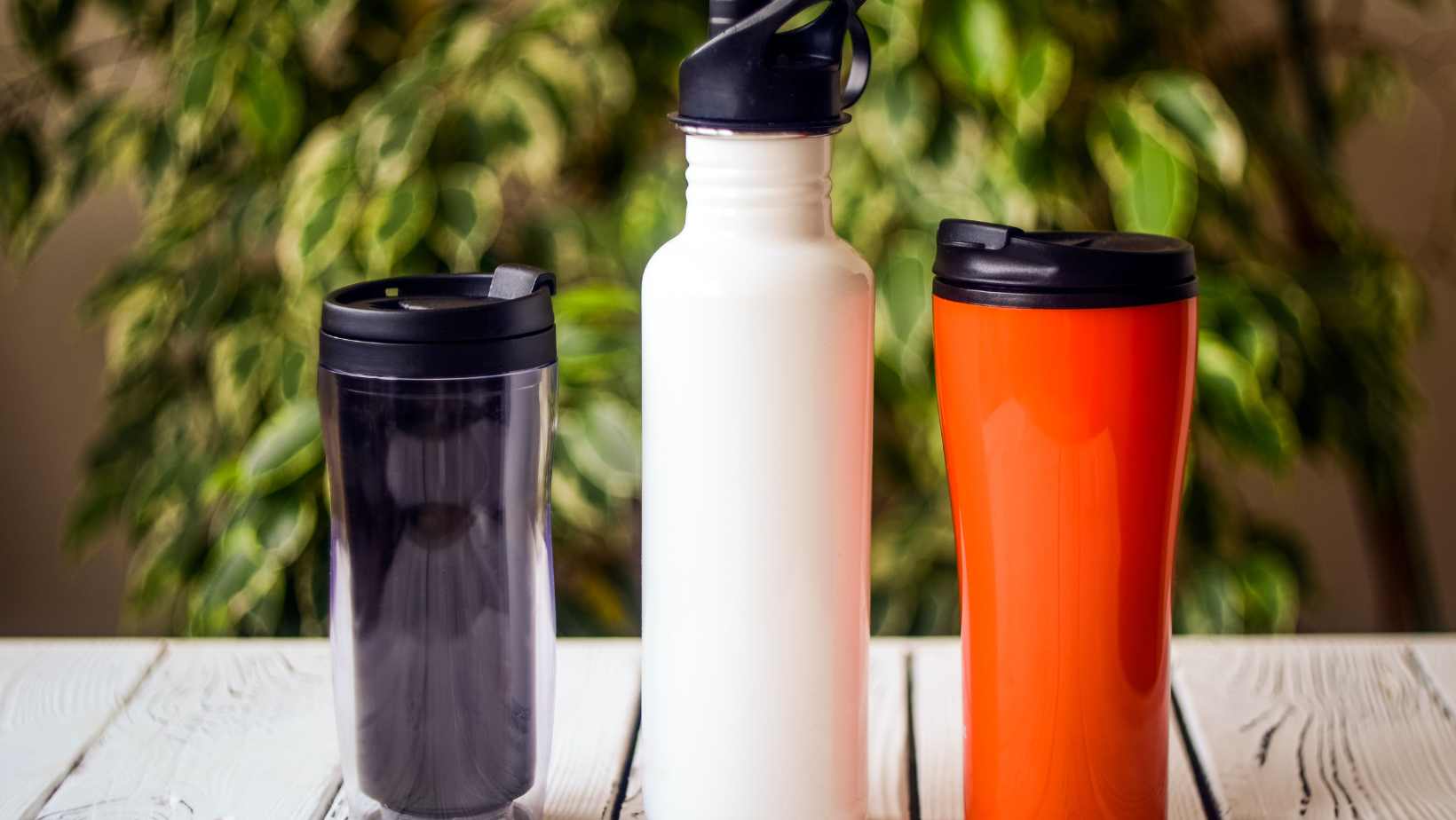A Quick Guide in Measuring: How Many ml in a Pound
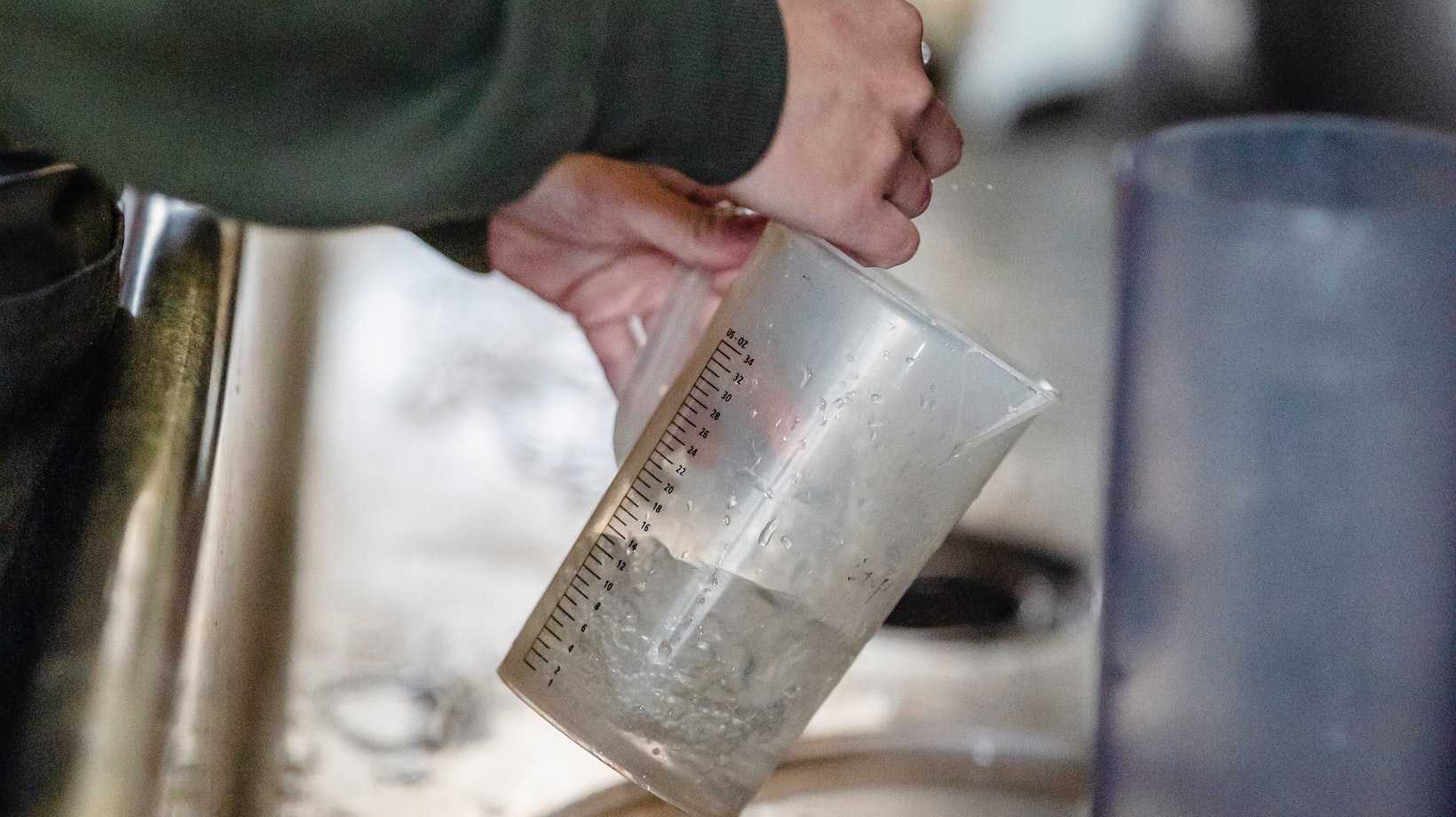
When it comes to converting units of measurement, it’s important to have a clear understanding of the conversion factors involved. One common question that arises is “how many milliliters are in a pound?” Let’s dive into this topic and provide you with the answer you’re looking for.
To convert pounds to milliliters, we need to consider the density of the substance being measured. This is because different substances have varying densities, meaning that one pound of one substance may occupy a different volume than one pound of another substance. Therefore, there isn’t a straightforward conversion from pounds to milliliters without knowing the density.
How Many ml in a Pound
Converting mL to lb can be a bit tricky, as they are not directly comparable without knowing the density of the substance being measured. Density refers to how much mass is contained in a given volume. Different substances have different densities, which means that one mL of one substance may weigh more or less than one lb depending on its density.
To convert mL to lb accurately, you would need to know the density of the substance in question. Once you have this information, you can use the following formula:
Weight (lb) = Volume (mL) × Density (g/mL) ÷ 453.59237
Let’s say we have 500 mL of a liquid with a density of 1.2 g/mL that we want to convert into pounds. Using the formula above, we can calculate:
Weight (lb) = 500 mL × 1.2 g/mL ÷ 453.59237 = approximately 1.32 lb
It’s worth noting that this conversion applies specifically when dealing with liquids and their corresponding densities. For solid objects or other substances with varying densities, different conversion factors will be required.
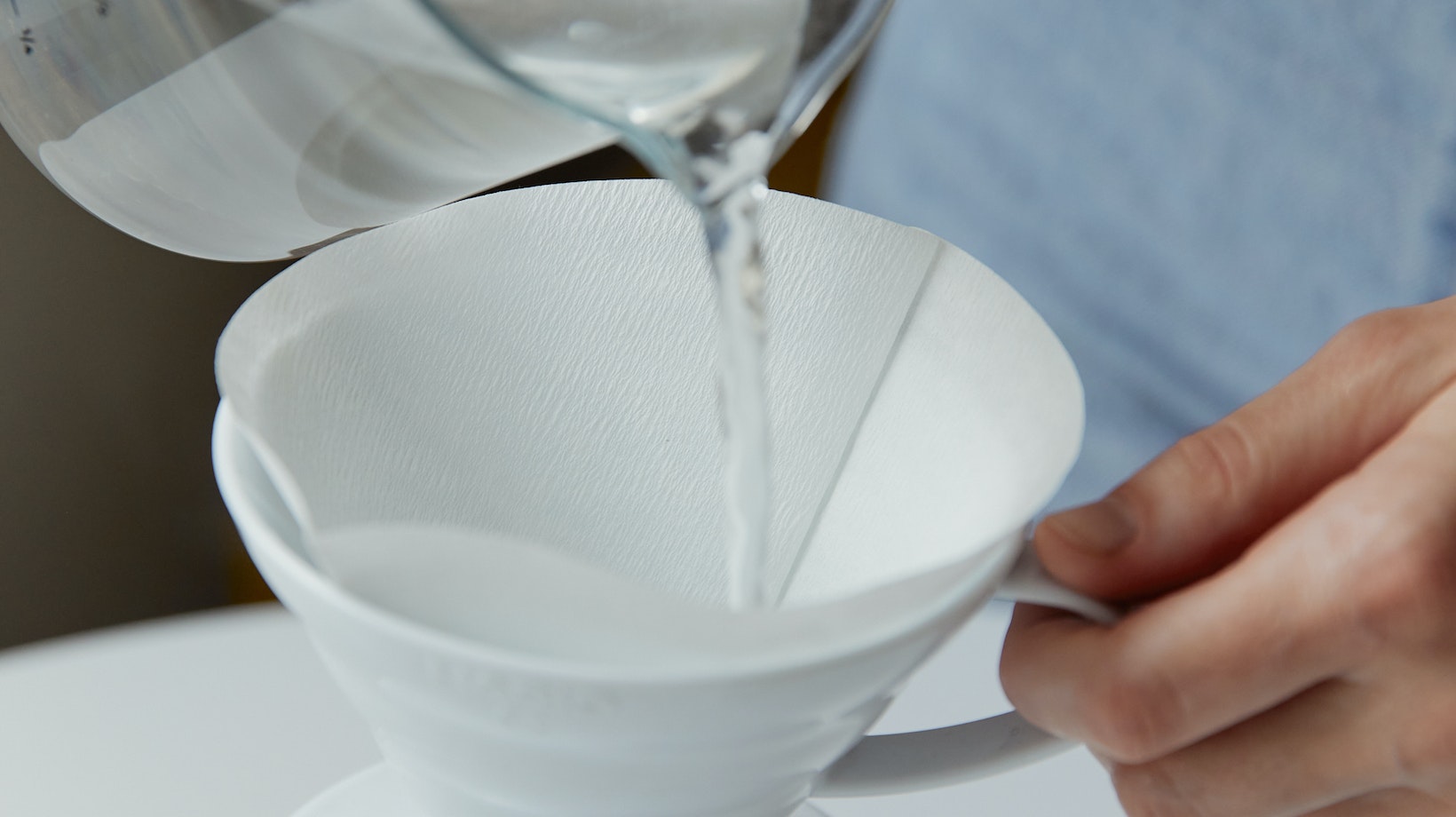
Converting ml to lb: The Formula
When it comes to converting milliliters (ml) to pounds (lb), there isn’t a direct conversion formula like there is for converting mL to grams. This is because mL and lb measure different properties – volume and weight, respectively. However, we can still provide you with a rough estimate by considering the density of the substance being measured.
To convert mL to lb, you’ll need to know the density of the substance you’re working with. Density is defined as mass per unit volume, typically expressed in g/mL or kg/L. Once you have the density value, you can use the following formula:
Mass (in lb) = Volume (in ml) * Density (in lb/ml)
Let’s say we have a liquid with a density of 0.8 lb/mL and we want to convert 1000 mL into pounds. Using the formula above, we can calculate it as follows:
Mass (in lb) = 1000 ml * 0.8 lb/ml = 800 lb
Please note that this method assumes that both ounce and pound refer to avoirdupois ounces and pounds commonly used in everyday measurements.
It’s important to keep in mind that this conversion method may not be accurate for all substances, as densities can vary greatly depending on temperature and pressure conditions. Additionally, some substances may have variable densities based on their composition or state (solid, liquid, gas).
In conclusion, converting milliliters to pounds requires considering the density of the substance involved. By multiplying the volume in milliliters by its corresponding density in pounds per milliliter, you can estimate its mass in pounds.


